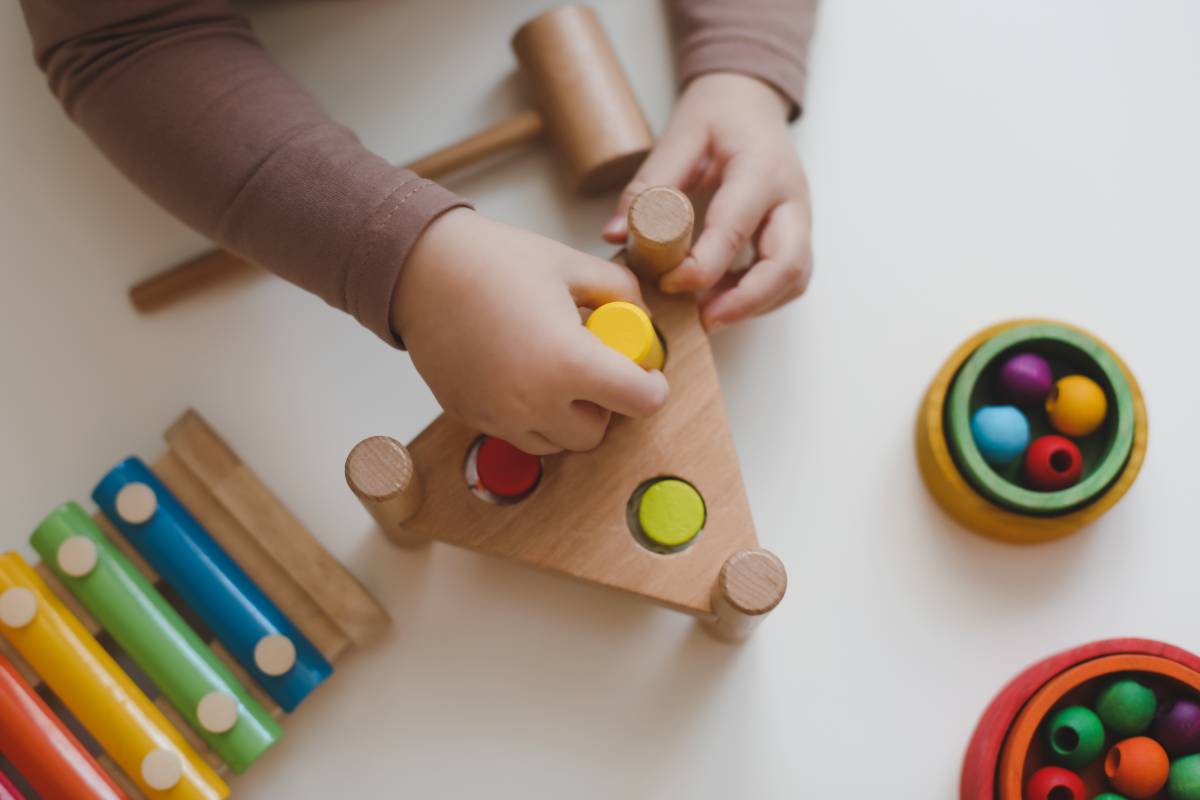Selecting appropriate afternoon care for your child requires careful evaluation of several factors. Educational philosophy, curriculum quality, and staff credentials all merit attention, but none matter if the fundamental safety infrastructure proves inadequate. Understanding the safety standards every afternoon daycare should meet helps parents identify programs that truly prioritize child well-being. Parents researching options ranging from traditional after-school programs to specialized environments like Montessori afternoon daycare must understand the safety standards that distinguish secure facilities from those with less strenuous safety protocols. Whether you are considering a Montessori school that extends into afternoon hours or a dedicated after-school program, the exact rigorous safety expectations should apply.
Secure Entry and Access Control
The foundation of afternoon daycare safety begins with controlled facility access that prevents unauthorized entry while allowing efficient operation. Quality programs implement multiple security layers that balance protection with functionality. All external doors should remain locked during program hours, with entry possible only through a designated main entrance monitored by staff. Keypad systems, key card access, or video intercom systems should control entry, requiring visitors to identify themselves before gaining admission. Parents and authorized caregivers should possess unique access credentials that create audit trails showing who entered the facility and when.
Outdoor play areas require secure fencing at least six feet high with locked gates that prevent children from exiting unsupervised and unauthorized persons from entering. Refrain from fencing with horizontal elements that can be used to climb, and be sure gates have locks positioned beyond the reach of children. Security systems should include panic buttons in key locations in case of emergency, and assistance can be triggered discreetly. Cameras should never record private areas like bathrooms or changing spaces, but should cover common areas to provide secure monitoring.
Physical Layout
The physical environment where children spend their afternoons must meet safety specifications that address age-related risks. Floor surfaces should be smooth and level, free of tripping hazards. Area rugs require non-slip backing or should be avoided entirely in active areas. Furniture should be age-appropriate, stable enough that it will not tip over, and free from sharp edges or protruding hardware. Heavy furniture should be anchored to walls to prevent it from falling over if children attempt to climb or pull themselves up using the furniture as support.
Electrical outlets should feature childproof covers when not in use. Windows need to have secure screens, guards that prevent falls, or limits on how far they open. Emergency lighting should kick in automatically during power failures.
Hazardous Materials and Toxins
All cleaning products, sanitizers, medications, and other potentially toxic substances must be stored in locked cabinets that children cannot access. Facilities constructed before 1978 run the risk of having lead-based paint. Documented lead testing showing the absence of lead paint is necessary to ensure child safety.
Staff Qualifications and Screening
The most significant safety aspect, which can also pose the most significant risk, is the care provided to children. Thorough vetting of staff is essential to maintaining a safe environment for children. Every employee or volunteer should undergo a thorough background screening before beginning work. Criminal background checks should cover both state and national databases, including sex offender registries. Motor vehicle record checks should be conducted on any staff member who will transport children.
Staff to Child Ratio Requirements
Adequate supervision is the most fundamental safety requirement. Staff-to-child ratios determine whether adequate attention to each child’s safety and well-being is possible. Ratios vary by age, with younger children requiring more vigorous supervision. Quality programs often maintain low student-to-teacher ratios, but ratios should never exceed what is allowable by the state.
Ensuring the Safety of Your Child
Safety standards are non-negotiable requirements that every after-school care program should meet. Quality Montessori afternoon daycare programs and traditional facilities should welcome your scrutiny and demonstrate pride in their safety measures. The most well-designed educational or the most convenient locations are of little importance if fundamental safety protocols prove inadequate. Thoroughly vetting safety precautions is the best way to ensure your child can learn, play, and grow without compromising their safety and security.
CTA: Contact us today to learn how we take safety measures to the next level in our daycare programs.
Reference:
Chilcare.gov. (n.d.). Health and Safety Requirements.














